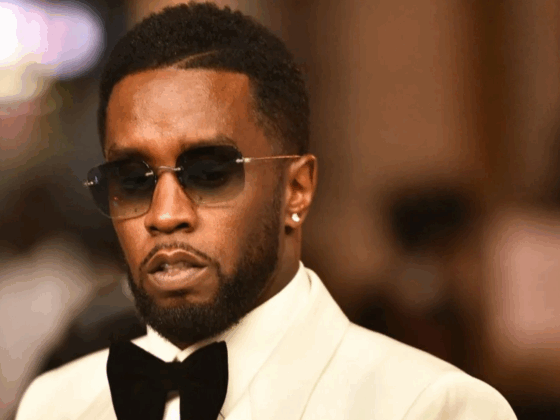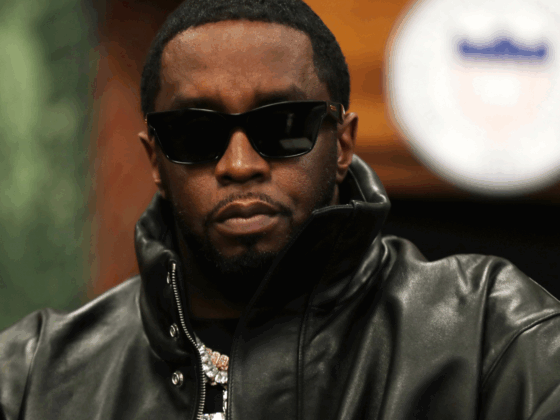
The Morning Mile is a daily column written by Culture Editor Ryan Shepard and published at 9 a.m. CT. The views of Ryan Shepard do not necessarily reflect those of Def Pen writers, editors and staff.
When a break-in results in a murder, detectives often look for signs of struggle. If there are no signs of struggle, an assumption could be made that the victim knew the assailant. As a crowd of rioters moved through the United States Capitol on January 6, there were no apparent signs of struggle. While some jumped through windows, others went through doors. Still, many large-scaled media outlets referred to it as a “break-in.” Some officers were spotted taking photos with rioters and others were recorded running away from large, threatening mobs. What was called a “break-in” presented more like a welcoming home.
For days, Proud Boys, supporters of President Donald Trump and several other groups made it clear that a gathering on the Capitol steps was possible. In fact, the President tweeted as if it was inevitable. Yet, Capitol Hill law enforcement appeared unprepared or at the very least, denied the resources and manpower needed to effectively monitor the situation.
This is a stark contrast from the events that unfolded in Kenosha, Wisconsin just a day before. Wisconsin Governor Tony Evers publicized the deployment of National Guard troops and called for unity as a local district attorney declined to press charges against the officer responsible for shooting Jacob Blake Jr. in August. The collaborative effort between lawmakers and law enforcement in Wisconsin speaks to the desire to curb Black outrage in the face of violence and injustice. Miles away, National Guard troops are called to the Capitol after the fact. Additional police units are called in after the fact. White outrage due to entitlement, privilege, racism and widespread misinformation is met with care.
Political pundits and congressional reporters have called the events of this week dishonorable and an “attack on our democracy.” Storming the Capitol, trashing the offices of U.S. Representatives and creating chaos is deemed to be a threat to our livelihoods as Americans. However, President Donald Trump and Presidents before him have allowed Black folks to be killed in the street without repercussion and it is rarely if ever deemed to be an “attack on our democracy.” The sitting President has willfully sanctioned the deaths of Black Americans at a disproportionate rate by mishandling a pandemic, unlike anything we’ve seen this century. Yet, it was never called a threat to our democracy. How can a country purport to have a democracy to begin with, if a group of citizens is not alive to participate in it? If a President is spending weeks at a time attempting to throw out votes in primarily Black and brown communities, the democracy was already under attack if not destroyed already.
It would be irresponsible to say that the events of January 6 are typical or like anything we’ve seen in recent years. However, it would be even more irresponsible to act as if yesterday’s damage to federal property was more of an attack on democracy than the violence levied against marginalized citizens for years. Yesterday was not the first nor was it the more severe attack on Democracy within the last few weeks. It was simply the most blatant. Federal property can be repaired, security details can be strengthened, elections can be certified, but the attacks levied against marginalized communities attempting to engage with democracy cannot be undone. Especially, a democracy that never truly embraced the Black and brown people that built it. A war on justice, liberation and freedom has been taking place for centuries. Unfortunately, some have just become aware of this fight in 2021.







